






of







of







of





















Palace of Karabakh Khans is a historic palace located in the north-east part of Shusha city Azerbaijan. The palace belongs to the highly artistic palace buildings of Azerbaijan of the eighteenth and nineteenth centuries. It is currently in a ruined condition.
The palace consisted of a large number of rooms located on two floors, and a large T-shaped main hall, which was the compositional center of the entire palace. This hall was separated from the external space by enormous lifting windows-web, widely used in palace, residential and religious construction in the eighteenth and nineteenth centuries on the territory of the modern Republic of Azerbaijan.
Important meetings of Khanate were held in this palace, and in between, there was a serene life of the Khan’s family. One can no longer feel the smoothness of silk fabrics embroidered with decorative knit, nor the tenderness of Karabakh carpets with unique life-affirming ornaments left in the palace.
As written by a historian Mir Mehdi Khazani, the internal castle, built by Panahali Khan, was “a palace similar to a small castle, with the surrounding wall and towers”; Panahali also had “a beautiful palace” (castle) built on a hill next to his residence for his eldest son, Ibrahim. As seen from drawings by Russian engineers, the internal castle, its plan of a complicated form relevant to the hill’s relief, was a compound including palace buildings, divankhane (court), and other premises.
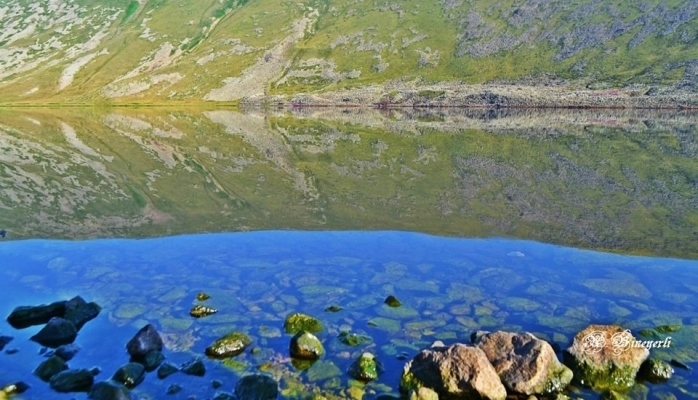
Qaragol Interrepublics State Reserve was set up with the decision of the Council of Ministers dated November17, 1987. Garagol State …

The idea of establishing Aghdam Bread Museum, which is considered to be the second in the world after the Zurich …
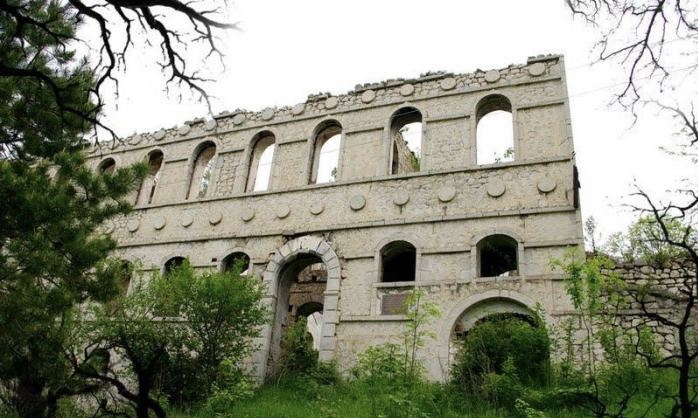
The Khurshudbanu Natavan’s House is a historical and architectural monument of the 18th century located in the city of Shusha. …

Museum Mausoleum Complex of Molla Panah Vagif is located in Shusha, Azerbaijan. It was built in honor of Molla Panah …
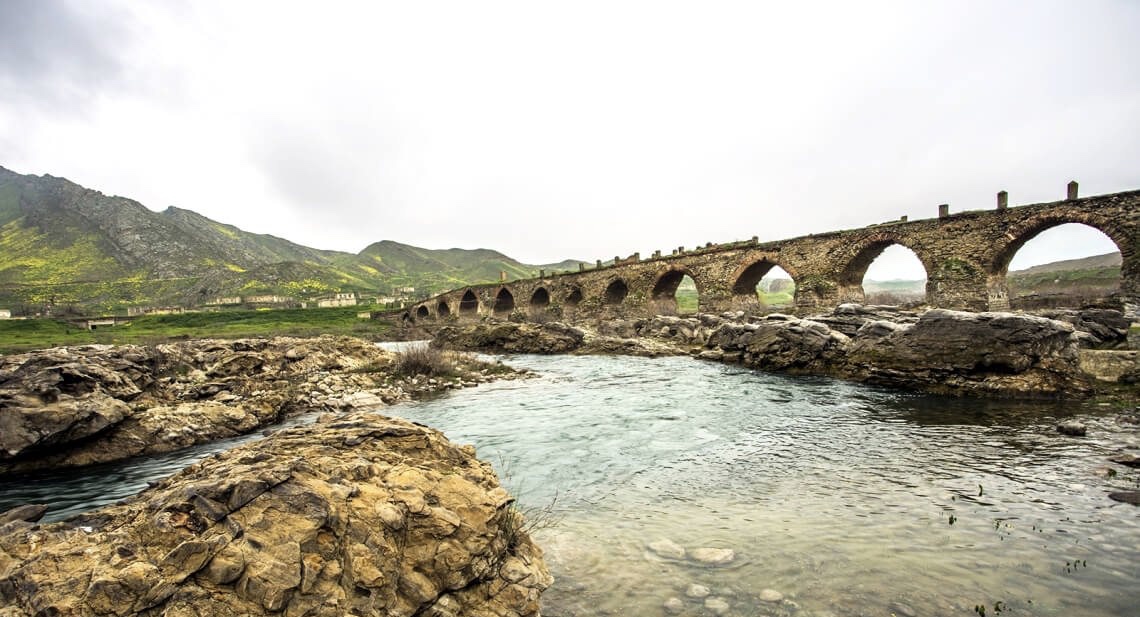
The Bridge belongs to the Arran architecture school. The first written source that mentioned the 15-arched Khudafarin Bridge belongs to …
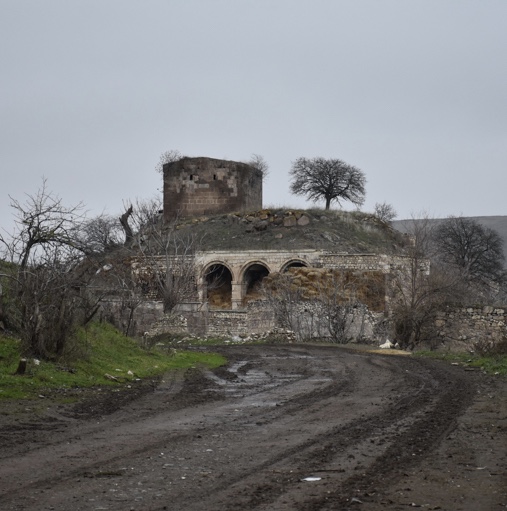
Garghabazar Caravanserai was built in 1681 at the hillside, in the center of Garghabazar village of Fuzuli district, 8 km …
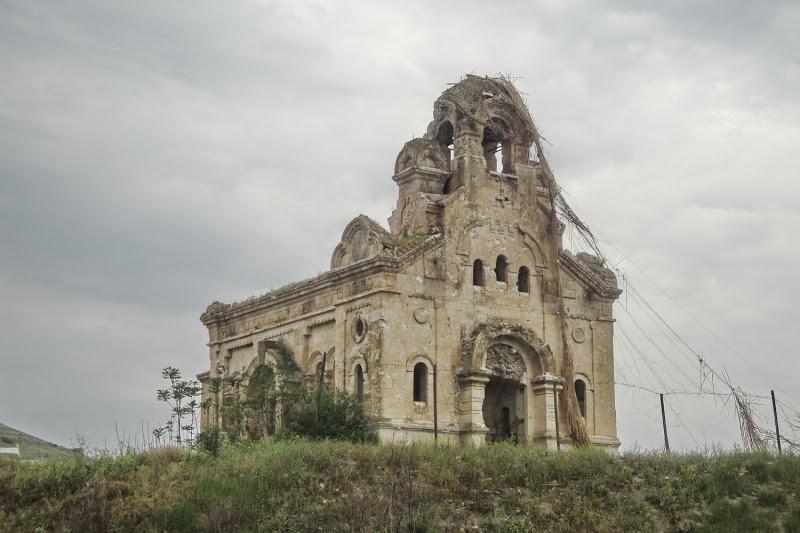
Armenia’s vandalism in Nagorno-Karabakh and seven surrounding regions affected not only the historical, cultural, and religious heritage of Islam but …

Jabrayil History-Ethnography Museum has been operating since 1953. Archaeological and ethnographic materials belonging to the history of the region, textiles, …

Khudavang, or Dedeveng, Monastery Complex is located in the Vang village of Kalbajar District, on the left bank of Tartar …

“The 19th century Aghdam Juma Mosque is perhaps the only structure that has withstood the years of neglect since the …